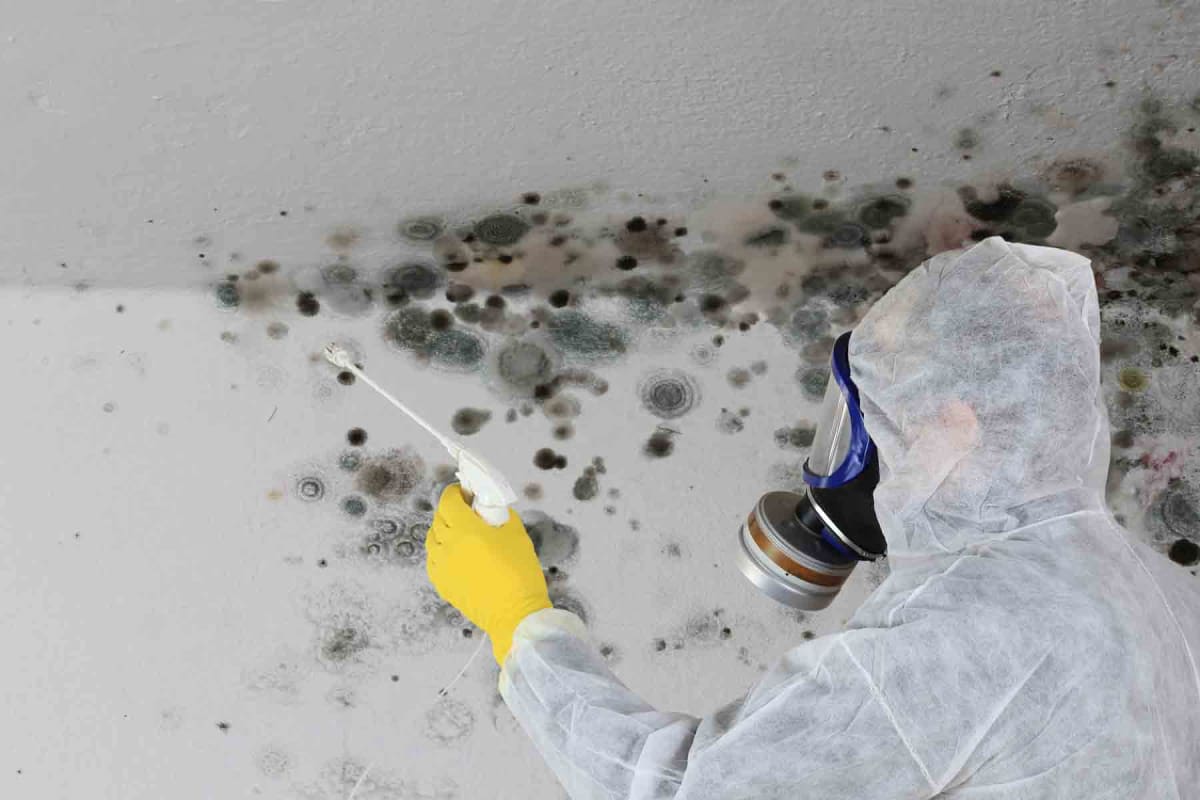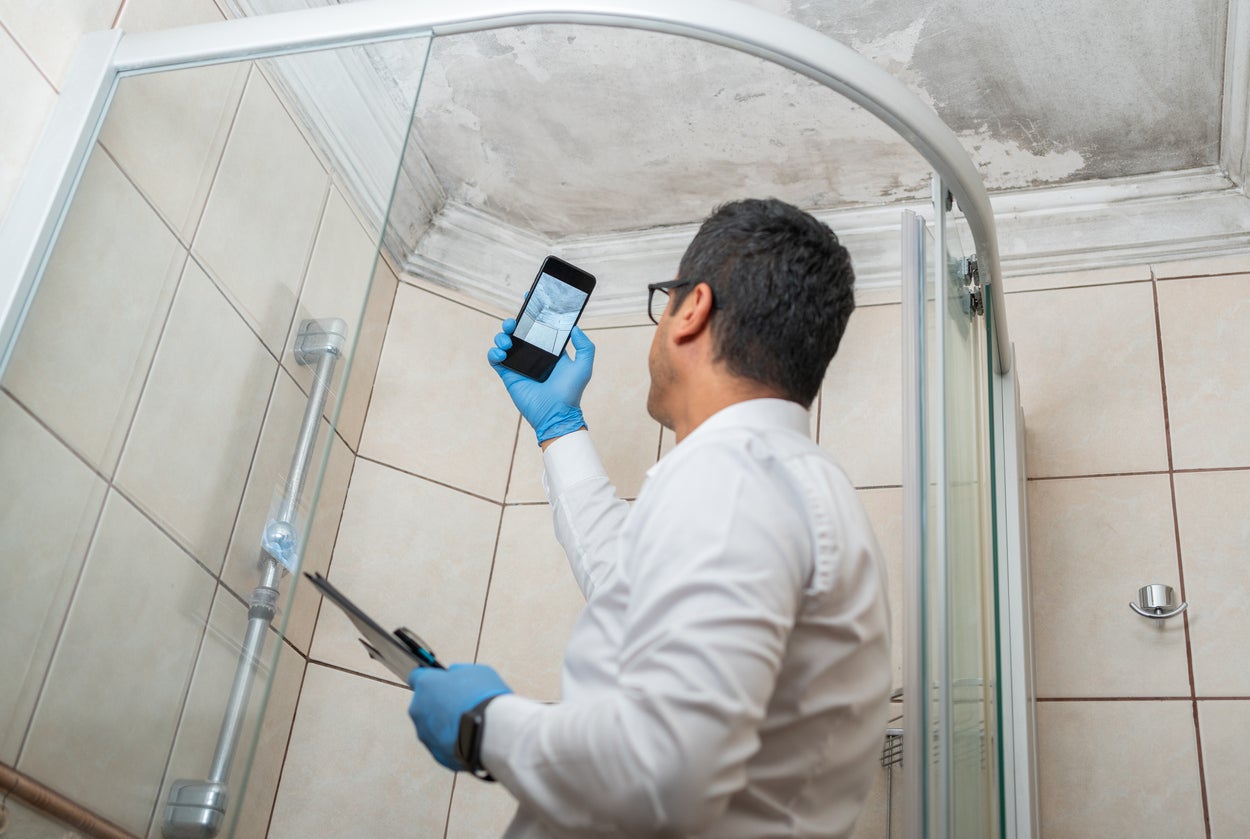Necessary Steps After Mold Remediation
Your Ultimate Overview to Article Mold And Mildew Removal Techniques
Browsing the world of post-mold remediation techniques is a precise process that demands interest to information and a comprehensive understanding of the ins and outs involved. In the aftermath of mold invasion, knowing just how to efficiently eradicate the mold and mildew and avoid its reoccurrence is vital for keeping a healthy and balanced indoor setting. From choosing the appropriate cleansing and decontaminating techniques to implementing methods for long-lasting mold prevention, each action in the remediation trip plays an essential duty in making certain an effective result. As we get started on this exploration of post-mold remediation methods, we will uncover the crucial techniques and finest methods that can help you restore your room to its pre-mold condition and secure it versus future mold hazards.
Comprehending Post-Mold Removal Process
After finishing the mold remediation procedure, it is crucial to comprehend the post-mold removal strategies that are necessary to ensure a thorough and reliable cleanup. When the mold and mildew has actually been removed, the next action involves cleansing and decontaminating the impacted areas to avoid any regrowth of mold. This consists of utilizing specialized cleaning agents to wipe down surfaces and kill any type of staying mold and mildew spores. It is important to dry out the area totally to prevent the development of mold and mildew in the future (After mold remediation). Proper air flow and dehumidification can help in this procedure.
In addition, performing a last inspection post-remediation is essential to ensure that all mold has actually been successfully removed. If the assessment reveals any type of lingering mold, added remediation might be essential.
Reliable Cleansing and Sanitizing Methods

Preventing Future Mold And Mildew Growth

Relevance of Correct Ventilation
Proper air flow plays an essential function in protecting against moisture build-up, an essential variable in mold growth within interior atmospheres. Efficient ventilation systems help remove excess humidity from the air, minimizing the chances of mold and mildew spores locating the wetness they need to spread and sprout. Without adequate air flow, indoor areas can become a breeding place for mold, resulting in prospective health risks and structural damage.
By guaranteeing proper air blood circulation, air flow systems can also help in drying moist areas more swiftly after water damages or flooding cases, even more preventing mold and mildew development. After mold remediation. Precede like shower rooms, attic rooms, basements, and kitchens where wetness levels have a tendency to be higher, installing and keeping reliable air flow systems is crucial in protecting against mold infestations

Surveillance and Upkeep Tips
Provided the essential role that proper air flow plays in protecting against mold growth, it is essential to develop effective surveillance and upkeep ideas to make certain the ongoing performance of air flow systems. Routine examinations of air flow systems need to be performed to look for any kind of indicators of blockages, leaks, or breakdowns that could impede proper airflow. Surveillance moisture levels within the home is also essential, as high humidity can contribute to mold development. Installing a hygrometer can assist track moisture levels and alert home owners to any type of spikes that may call for focus. In addition, guaranteeing that air filters are consistently cleansed or changed is necessary for keeping the effectiveness of the air flow system. Implementing a schedule for regular maintenance tasks, such as duct cleansing and cooling and heating system examinations, can help my site avoid concerns prior to they intensify. By staying positive and attentive to the problem of air flow systems, homeowner can successfully alleviate the threat of mold regrowth and preserve a healthy indoor atmosphere.
Final Thought
In conclusion, post-mold removal methods are essential for making sure a clean and risk-free click here for info atmosphere. Understanding the procedure, implementing reliable cleaning and sanitizing techniques, stopping future mold and mildew development, keeping proper air flow, and routine monitoring are all vital actions in the removal procedure. By following these guidelines, you can efficiently get rid of mold and mildew and avoid its return, advertising a healthy and balanced living or functioning space for all passengers.
In the after-effects of mold and mildew infestation, knowing exactly how to efficiently get rid of the mold and mildew and prevent its reoccurrence is paramount for preserving a healthy and balanced interior setting. As soon as the mold and mildew has actually been gotten rid of, the following step involves cleaning and sanitizing the affected locations to avoid any regrowth of mold and mildew - Post Mold Remediation Report. After removing noticeable mold development, it is important to cleanse all surface areas in the affected location to get rid of any remaining mold and mildew spores. To even more enhance mold prevention procedures, it is essential to deal with underlying problems that initially led to mold and mildew advancement.Given the crucial function that appropriate click reference air flow plays in protecting against mold development, it is crucial to develop effective monitoring and maintenance ideas to guarantee the continued capability of ventilation systems